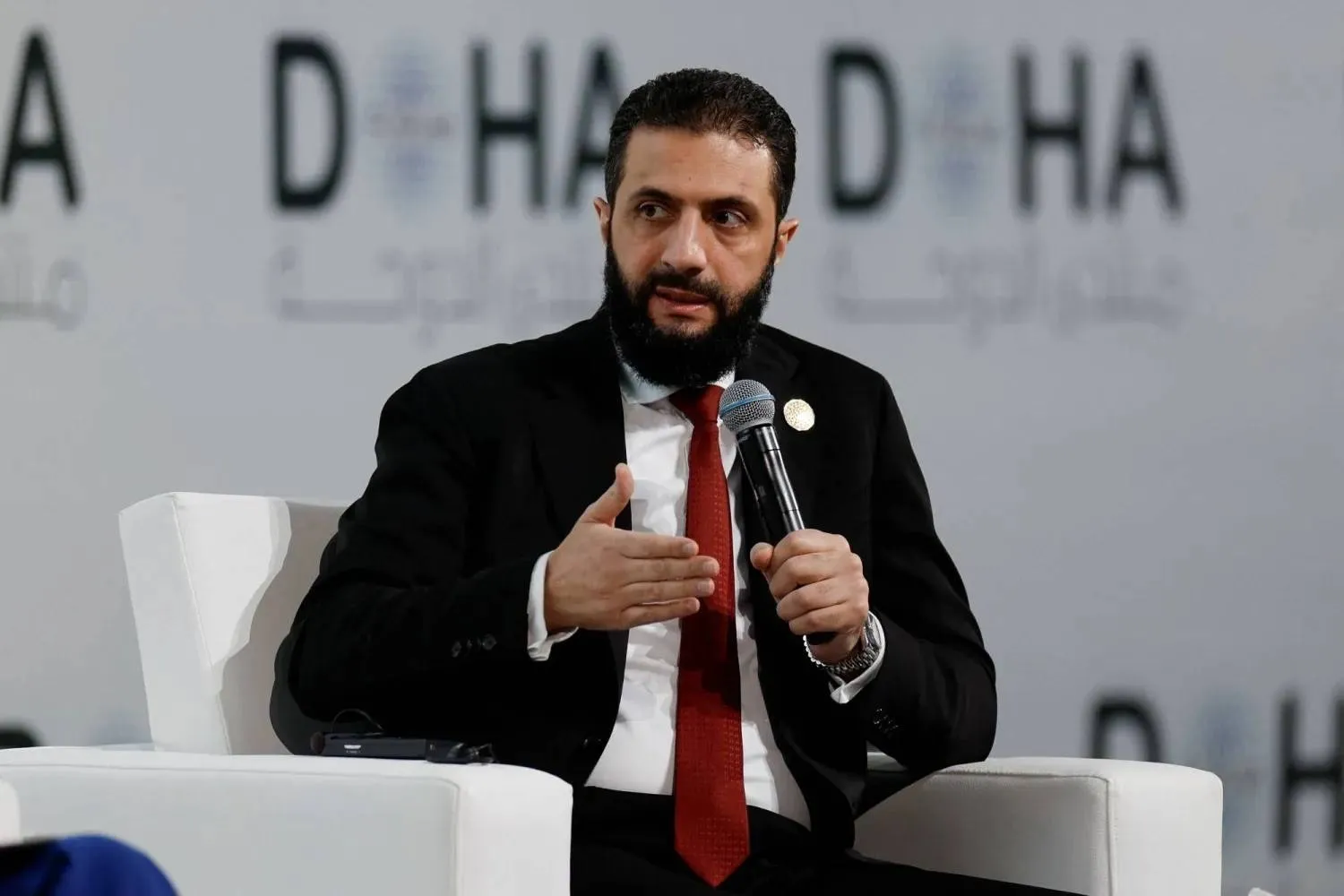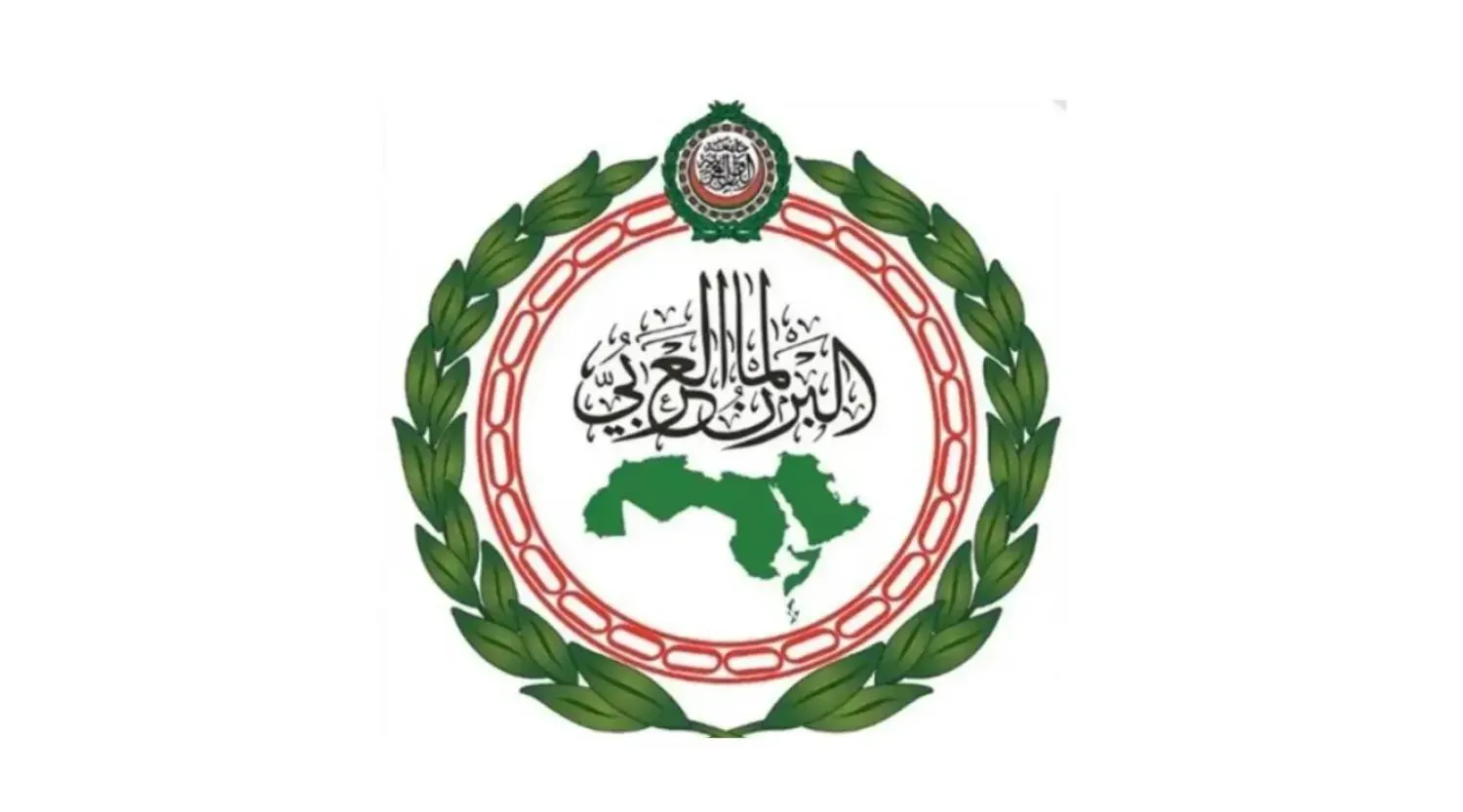A group of armed men kidnapped four journalists in Libya during an operation described as an attempt to avert media’s attention from the illegal migration and human smuggling operations.
The four journalists, working for Reuters and Agence-France Presse (AFP), were detained by forces of the presidential council of the Government of National Accord (GNA) in Tripoli for covering illegal migration stories at Abu Sitta base, according to the Libyan Center for Freedom of Press (LCFP).
The Center called on the Presidential Council to support the media, freedom of press and the right of access to information. It also asked to end all practices and arbitrary measures against journalists and people working in media.
The Libyan News Agency, meanwhile, identified the journalists as Hani Amara and Ahmed Al-Emmami from Reuters and Mahmoud and Hamza Terkiya from AFP.
Rapporteur of the National Commission for Human Rights in Libya, Ahmed Abdel-Hakeem Hamza, asserted that such deliberate attacks by the security forces of GNA cannot continue without consequences.
Hamza told Asharq Al-Awsat that the government "is responsible for the escalation of these hostilities,” given that it had lost its ability to hold perpetrators accountable.
The Secretary-General of the Arab Organization of Human Rights, Abdel Moneim al-Hurr, revealed that preliminary information indicated that "the abduction of journalists" was either done by the Special Deterrence Force (SDF) or al-Nawasi Brigade, both of which are linked to the GNA Interior Ministry.
In mid-July, the SDF released journalists Suleiman Qashout and Mohamed Yaacoubi, who were arrested two months earlier at Mitiga Airbase.
According to media reports, journalists and media workers in Libya are exposed to serious dangers that prevent them from doing their work. Reports confirm that more than 18 journalists have been killed and many others kidnapped since the onset of the revolution in February 2011.
In another development, Libya's coast guard said on Wednesday it has intercepted three groups totaling more than 570 Europe-bound migrants, including at least 66 women and 19 children, in the Mediterranean Sea.
One group of 292 migrants, including 42 women and 10 children, embarked on the perilous trip for Europe on three rubber boats but the coast guard stopped them off the coast of the western town of Zawiya, coast guard spokesman Ayoub Gassim said in a statement.
Another group of 101 migrants on a rubber boat were also rescued off the capital, Tripoli, the coast guard said in a separate statement.
The coast guard said it had also rescued 181 others, including 24 women and nine children, in a separate incident off Tripoli. The migrants were on two rubber boats, Gassim said.
The migrants hailed from both African and Middle Eastern countries, he said.
The three groups were intercepted Monday. All of them were given humanitarian and medical aid and were handed over to anti-migration authorities in the town of Tajoura and Tripoli, Gassim said.
The interceptions came a day after the UN refugee agency said it is looking into possible violations of international law involving the transport to Libya of 108 migrants rescued at sea by an Italian-flagged mercantile ship.
According to Spanish charity Proactiva Open Arms, an Italian towboat rescued 108 migrants from international waters on Monday and took them to Libya, their country of departure, reported Reuters.
This would constitute a breach of international law, under which people rescued in international waters cannot be returned to a place where their lives are put in danger, especially after both UN and EU have acknowledged that Libya is not safe.
Italy’s coast guard initially said on Tuesday that the rescue was coordinated by the Libyan coast guard within Libyan and not international waters.
The Libyan coast guard was not immediately available for a comment.
Proactiva spokeswoman Laura Lanuza said its members learned the rescue occurred in international waters because their boat Open Arms was nearby and they could listen to radio communications between the Italian ship and the Libyan authorities.
A spokesman for the UN migration agency said the agency was still investigating the case but confirmed the return of the migrants to Libya.
The agency said on its Twitter account that the operation “could represent a violation of international law.”
Charities are in disagreement with the new Italian government and its right-wing home affairs minister Matteo Salvini who wants to cut the number of migrants arriving on Italy’s shores.
German non-profit organization Sea Watch said this operation is the first pushback by an Italian vessel for years, describing it as a clear violation of human rights.
The organization called on EU to immediately evacuate the people and not wait until told to do so by the European Court of Human Rights. It tweeted: “The pushback was a clear breach of the European Convention on Human Rights and must have consequences!”









